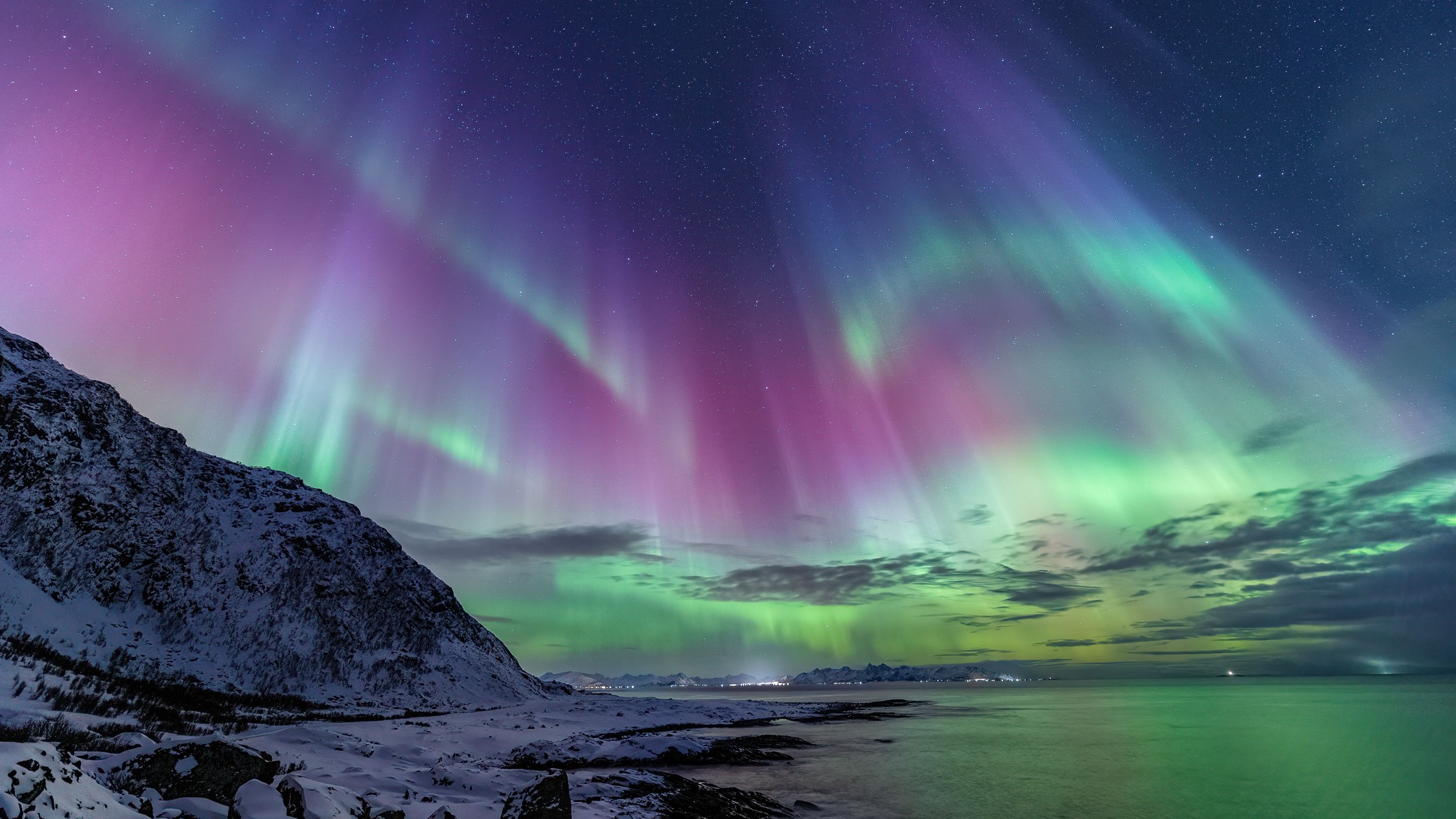
Earth’s Most Breathtaking Natural Masterpieces
Discover the world’s most spectacular natural destinations that showcase the incredible power and beauty of our planet
Natural wonders represent the Earth’s most extraordinary geological formations, breathtaking landscapes, and awe-inspiring phenomena that have captivated human imagination for millennia. From cascading waterfalls that plunge from impossible heights to celestial light shows that paint the night sky, these phenomenal places showcase nature’s incredible artistry and power.
At Phenomenal Place, we celebrate these natural masterpieces that remind us of our planet’s remarkable diversity and beauty. Whether you’re seeking the thunderous roar of Victoria Falls, the mystical glow of the Northern Lights, or the vast silence of the Sahara Desert, each natural wonder offers a unique journey into the sublime.
The Seven Natural Wonders of the World
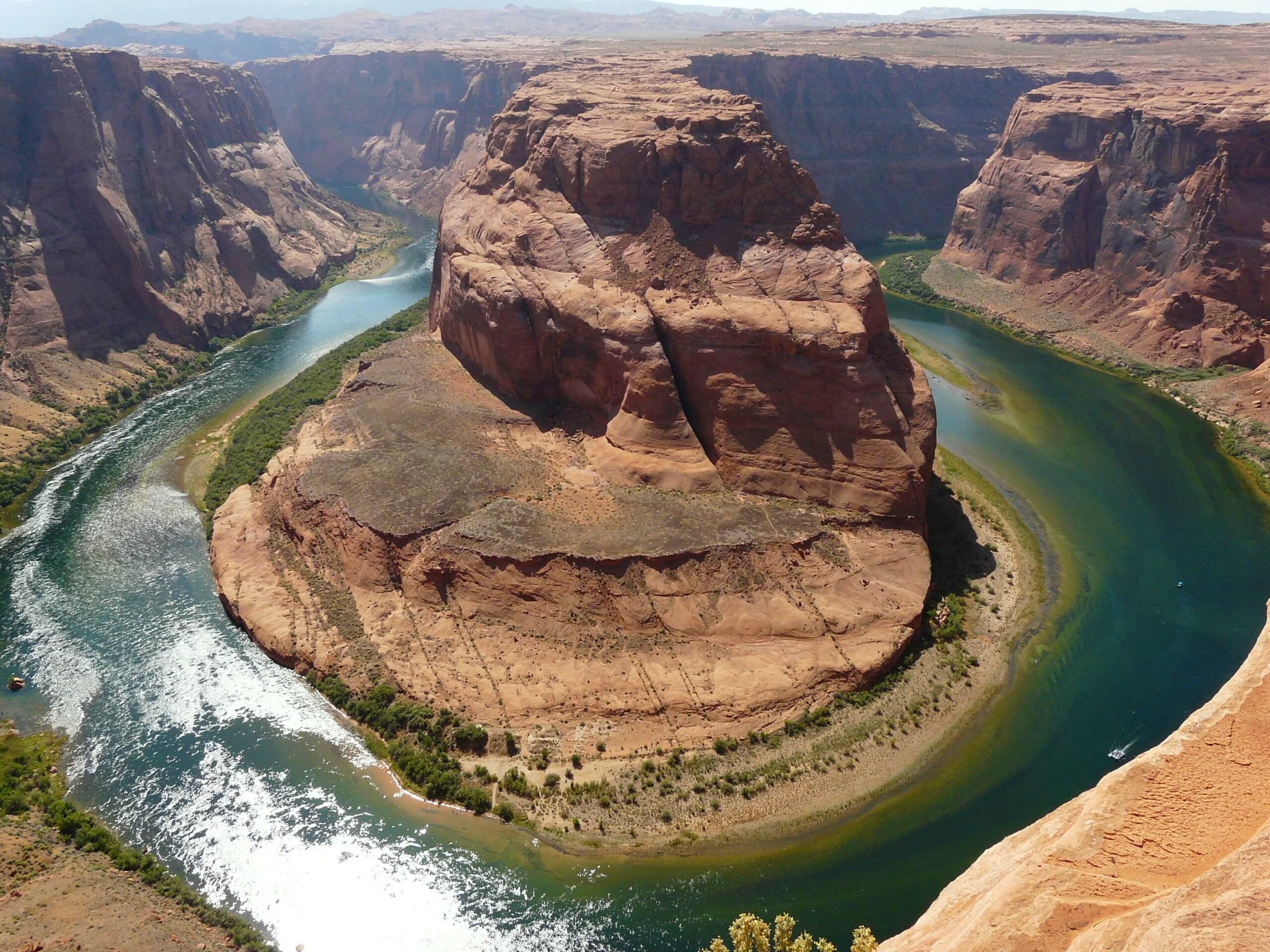
Grand Canyon
Arizona’s iconic canyon reveals 2 billion years of Earth’s geological history through its layered rock formations. Best visited during spring and fall for optimal viewing conditions.

Victoria Falls
Known locally as “The Smoke That Thunders,” this massive waterfall on the Zambezi River creates a mist visible from 20 kilometers away during peak flow.
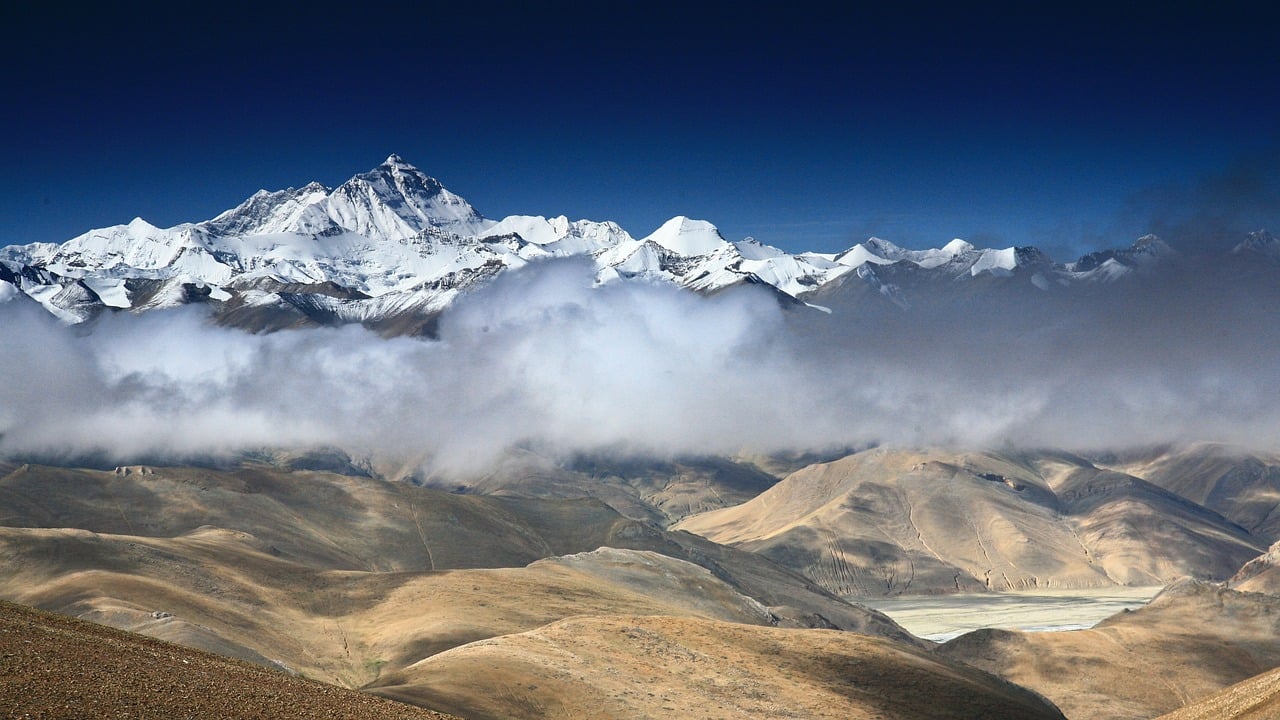
Mount Everest
The world’s highest peak at 8,849 meters, Everest continues growing each year. The mountain offers spectacular views from base camp without requiring technical climbing skills.
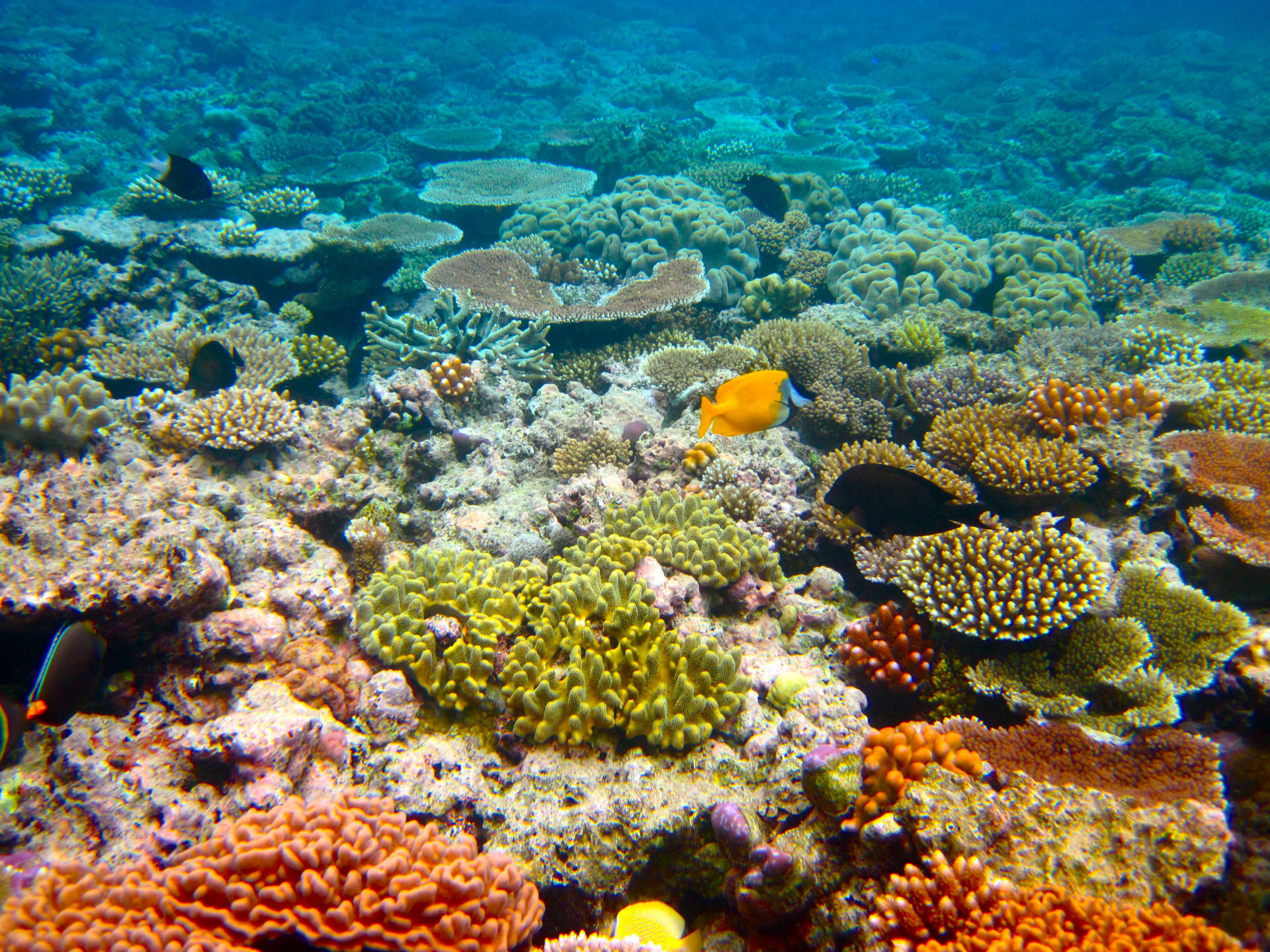
Great Barrier Reef
The world’s largest coral reef system stretches over 2,300 kilometers, home to thousands of marine species. Snorkeling and diving reveal an underwater wonderland.

Northern Lights
The Aurora Borealis creates dancing curtains of green, purple, and blue light across polar skies when solar particles interact with Earth’s magnetic field.
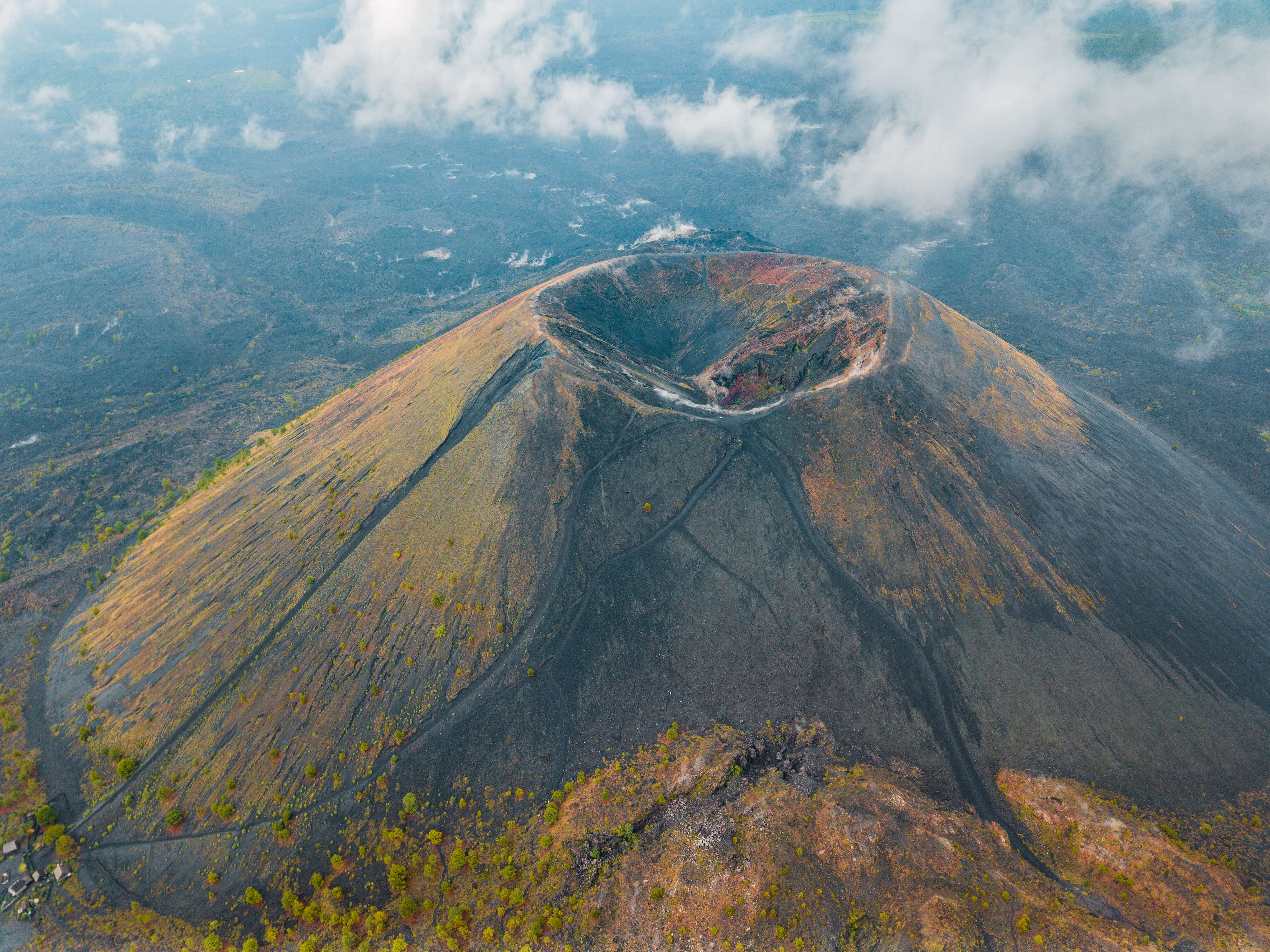
Parícutin
The youngest volcano in the Western Hemisphere, Parícutin emerged from a cornfield in 1943. Visitors can witness the dramatic landscape created by this geological infant.
Explore Natural Wonders by Type
Waterfalls & Cascades
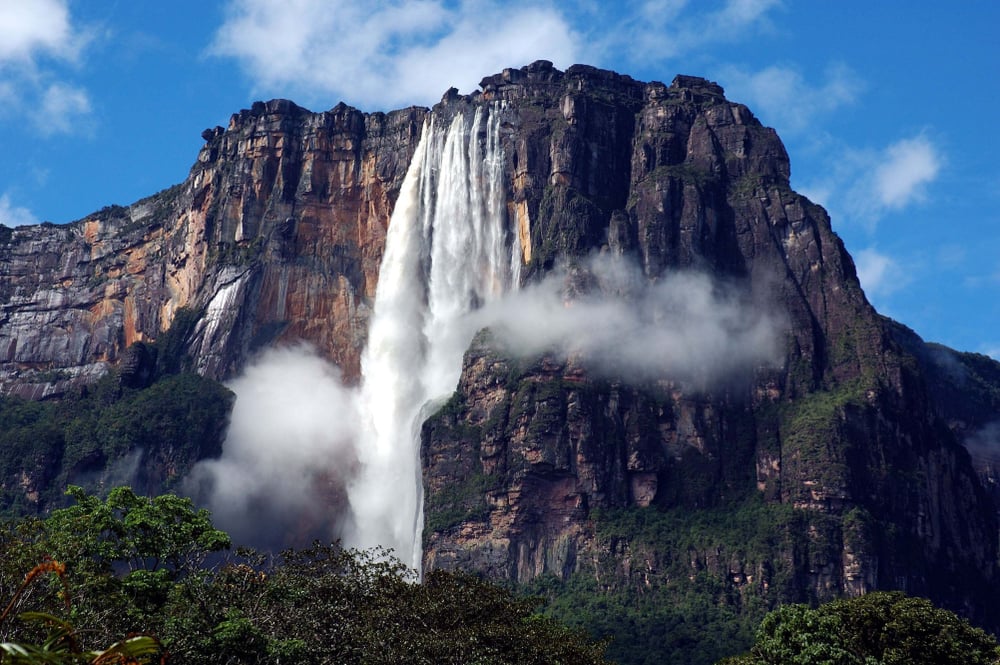
Angel Falls in Venezuela plunges 979 meters, making it the world’s highest uninterrupted waterfall. The falls create their own weather system and remain one of Earth’s most remote natural wonders.
Deserts & Dunes
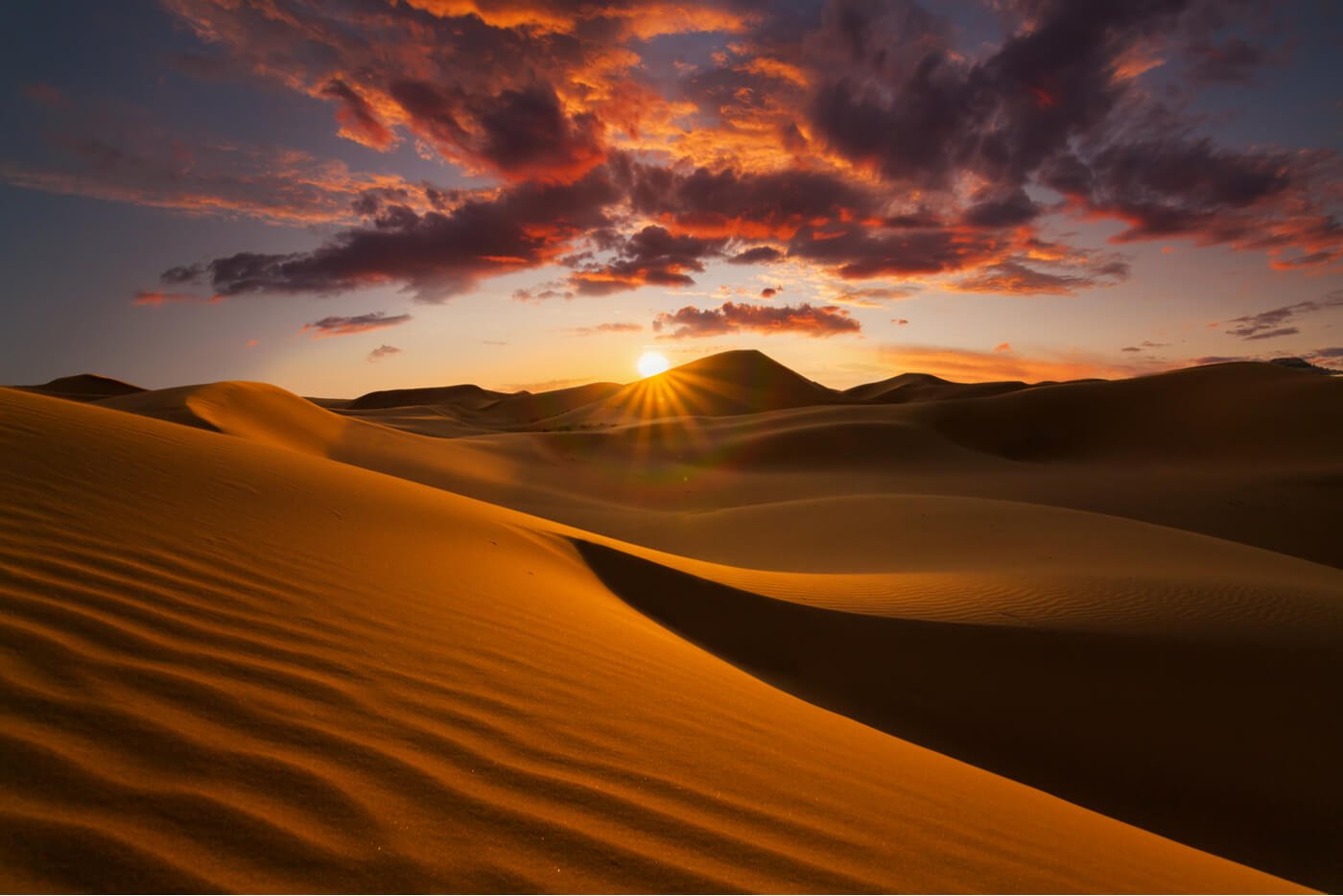
The Sahara Desert spans 9 million square kilometers across North Africa. Its massive sand dunes, reaching heights of 180 meters, create an ever-changing landscape sculpted by wind.
Forests & Jungles
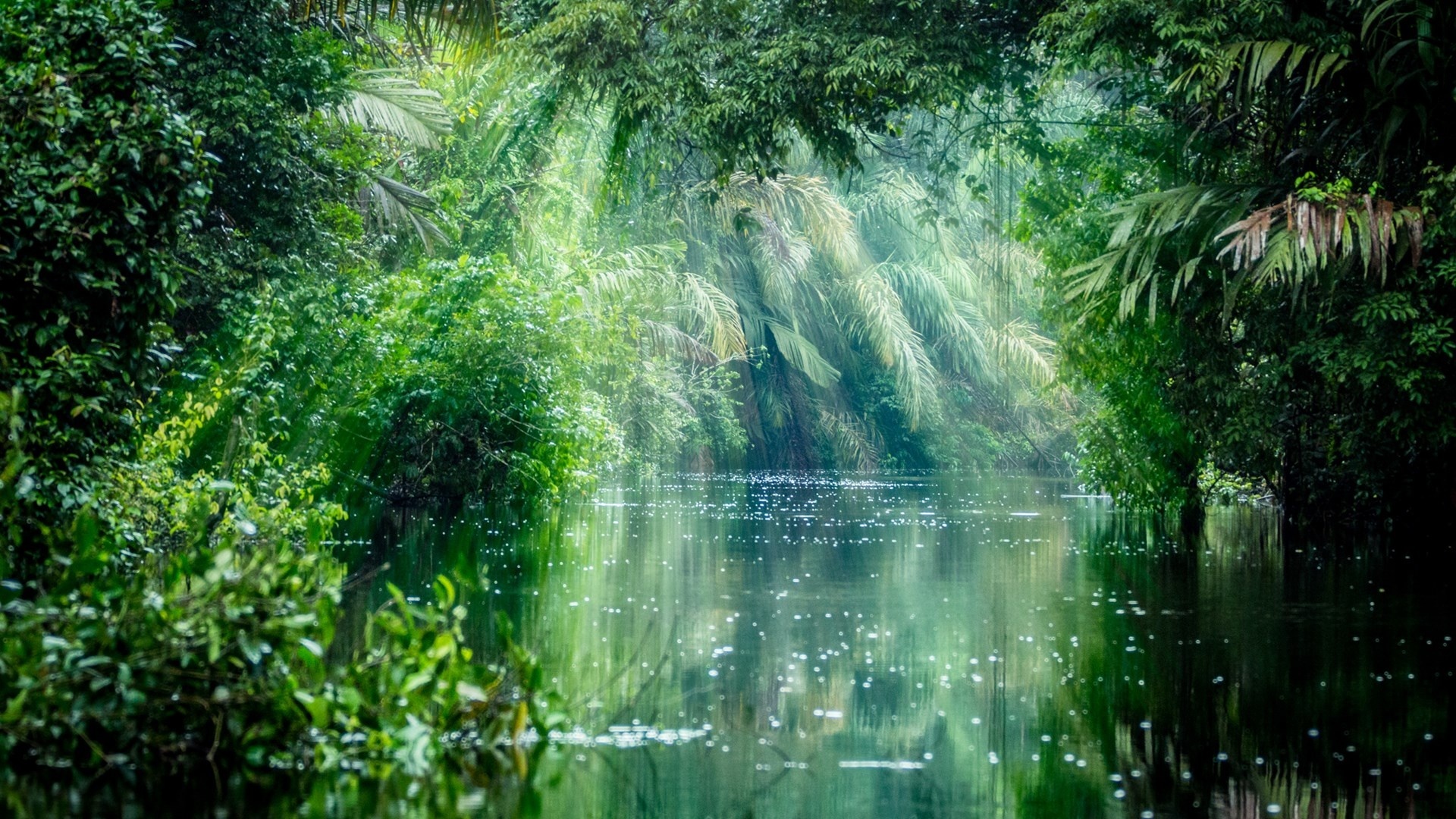
The Amazon Rainforest produces 20% of the world’s oxygen and harbors more biodiversity than any other ecosystem. This “lungs of the Earth” spans nine countries across South America.
Fjords & Coastal Wonders
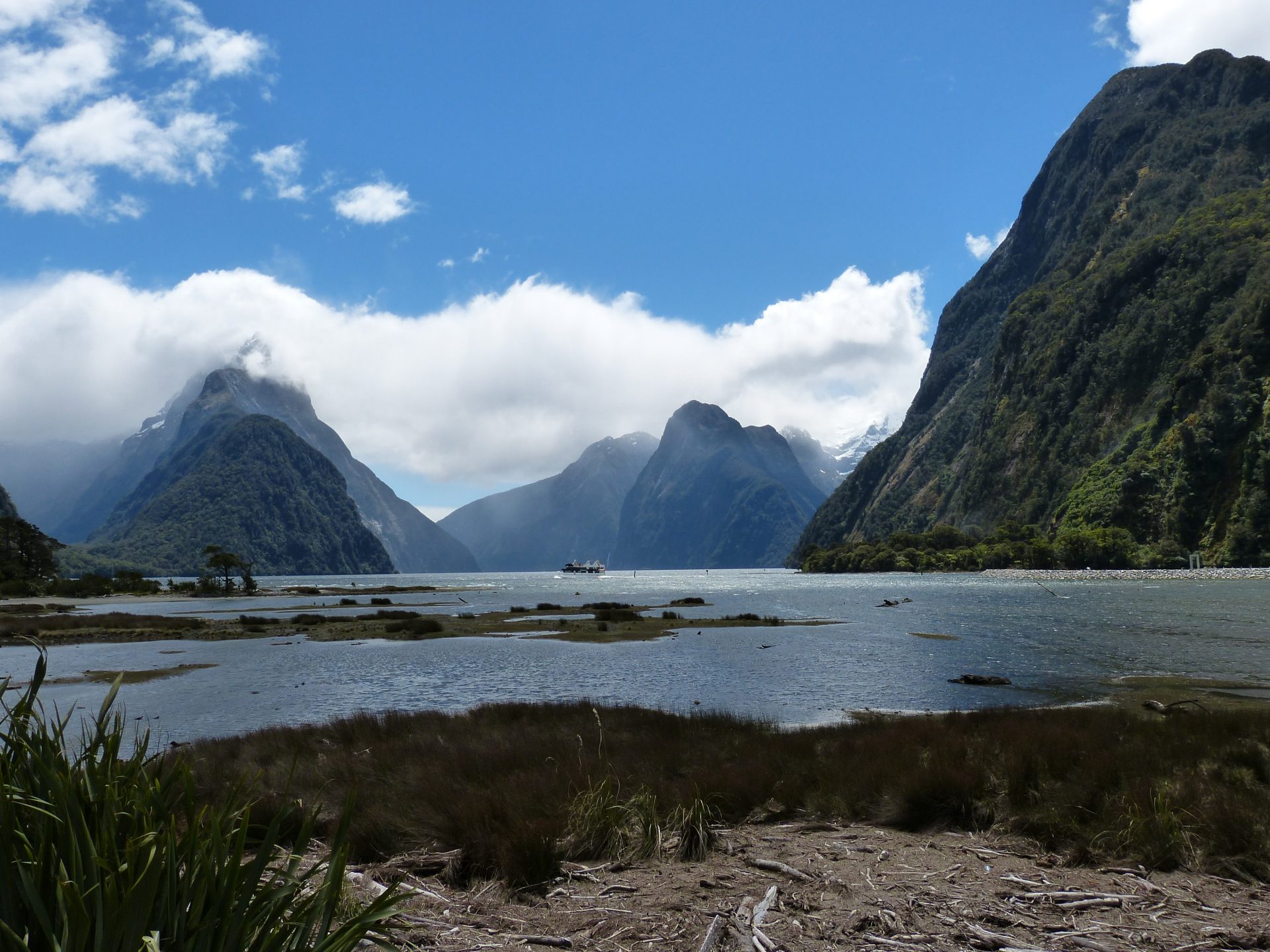
Milford Sound in New Zealand’s Fiordland showcases dramatic fjord landscapes carved by glaciers. Towering waterfalls cascade from clifftops into the pristine waters below.
Planning Your Natural Wonder Journey
Seasonal Viewing Guide
Spring (Mar-May): Ideal for temperate destinations like the Grand Canyon, with mild weather and fewer crowds.
Summer (Jun-Aug): Perfect for Arctic phenomena like the Northern Lights’ opposite season and alpine destinations.
Autumn (Sep-Nov): Excellent for tropical destinations and the beginning of Northern Lights season.
Winter (Dec-Feb): Peak season for Aurora viewing and desert destinations with comfortable temperatures.
Photography Tips
Golden Hour: Shoot during sunrise and sunset for warm, dramatic lighting on landscapes.
Wide-Angle Lenses: Capture the full scope of massive formations like canyons and waterfalls.
Tripods Essential: Necessary for low-light conditions, especially for Northern Lights photography.
Weather Protection: Waterproof your gear near waterfalls and in extreme weather conditions.
Conservation Principles
Leave No Trace: Take only photographs, leave only footprints, kill only time.
Stay on Trails: Protect fragile ecosystems by following designated paths and viewpoints.
Respect Wildlife: Maintain safe distances and never feed or disturb animals in their habitat.
Support Conservation: Choose eco-friendly tours and accommodations that protect these natural treasures.
Start Your Natural Wonder Adventure
Ready to experience Earth’s most breathtaking natural masterpieces? Explore our comprehensive destination guides and start planning your journey to these phenomenal places.
